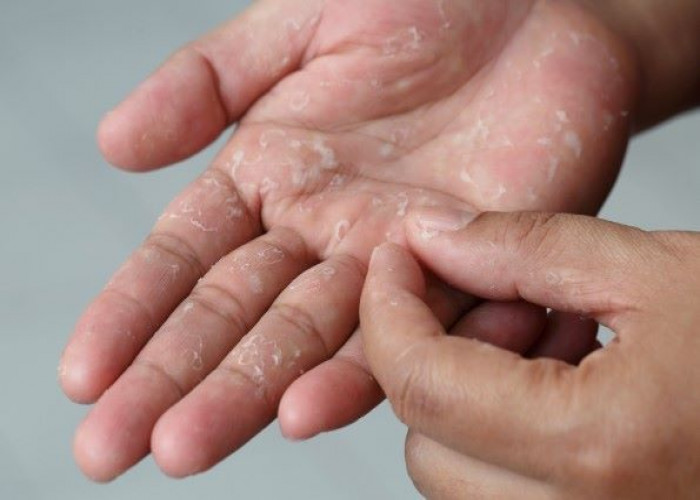 Welcome
Welcome
“May all be happy, may all be healed, may all be at peace and may no one ever suffer."
Dyshidrosis
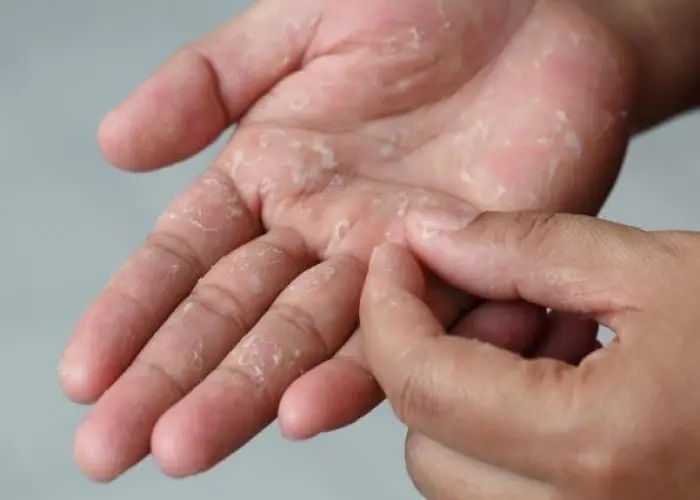
Dyshidrosis, also known as dyshidrotic eczema or pompholyx, is a skin condition that causes small, itchy blisters to form on the hands and feet. The blisters are often grouped together and may be accompanied by redness, scaling, and cracks in the skin. The blisters may also be filled with fluid.
The exact cause of dyshidrosis is not fully understood, but it is thought to be related to an abnormal immune response and/or an allergy. Certain factors may trigger or exacerbate the condition, including exposure to irritants such as chemicals, soaps, or detergents, or changes in temperature or humidity.
Treatment for dyshidrosis typically involves managing symptoms and preventing future outbreaks. This may include applying topical corticosteroids or other creams or ointments to reduce inflammation and itching, using cool compresses to relieve discomfort, avoiding irritants and allergens, and taking antihistamines to reduce allergic reactions.
In some cases, more aggressive treatment may be necessary, such as phototherapy (light therapy), oral medications, or botulinum toxin injections. It's important to seek medical advice for persistent or severe cases of dyshidrosis, as complications such as infection may occur.
While dyshidrosis can be uncomfortable and unsightly, it is not contagious and is not typically a serious health concern. With appropriate treatment and management, many people with dyshidrosis are able to reduce symptoms and prevent future outbreaks.
Research Papers
Disease Signs and Symptoms
- Itching
- Blisters
- Dermatitis
Disease Causes
Dyshidrosis
The exact cause of dyshidrosis isn't known. It can be associated with a similar skin disorder called atopic dermatitis (eczema), as well as with allergic conditions, such as hay fever. Eruptions may be seasonal in people with nasal allergies.
Disease Prevents
Dyshidrosis
Because the cause of dyshidrosis is generally unknown, there's no proven way to prevent this condition. You may help prevent the condition by managing stress and avoiding exposure to metal salts, such as cobalt and nickel.
Good skin care practices may help protect the skin as well. These include:
- Using mild cleansers and lukewarm water to wash your hands and drying your hands well
- Moisturizing regularly
- Wearing gloves
Disease Treatments
Depending on the severity of your signs and symptoms, treatment options may include:
- Corticosteroids. High-potency corticosteroid creams and ointments may help speed the disappearance of the blisters. Wrapping the treated area in plastic wrap can improve absorption. Moist compresses also may be applied after the application of a corticosteroid to enhance the absorption of the medication.
- In severe cases, your doctor may prescribe corticosteroid pills, such as prednisone. Long-term use of steroids can cause serious side effects.
- Phototherapy. If other treatments aren't effective, your doctor may recommend a special kind of light therapy that combines exposure to ultraviolet light with drugs that help make your skin more receptive to the effects of this type of light.
- Immune-suppressing ointments. Medications such as tacrolimus (Protopic) and pimecrolimus (Elidel) may be helpful for people who want to limit their exposure to steroids. A side effect of these drugs is an increased risk of skin infections.
- Botulinum toxin injections. Some doctors may consider recommending botulinum toxin injections to treat severe cases of dyshidrosis.
Disease Diagnoses
Disease Allopathic Generics
Disease Ayurvedic Generics
Disease Homeopathic Generics
Disease yoga
Dyshidrosis and Learn More about Diseases
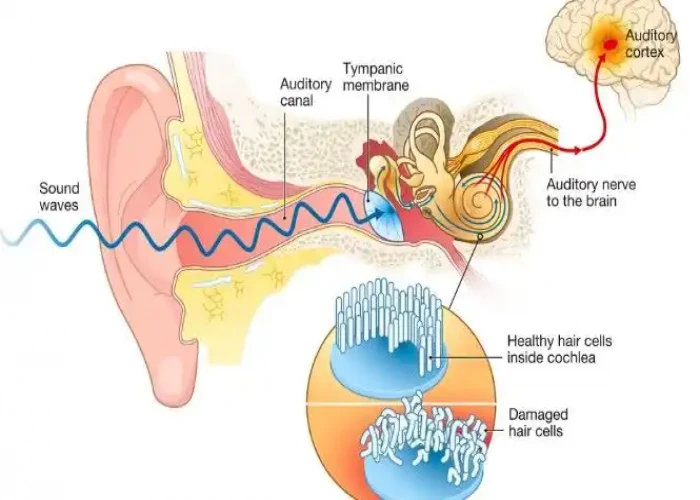
Tinnitus
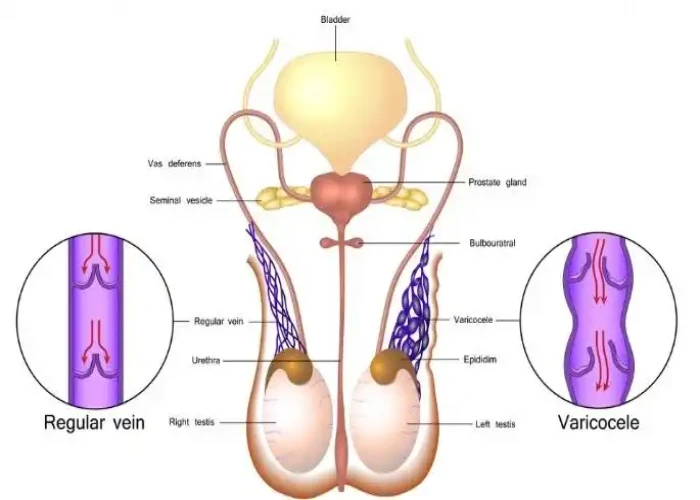
Varicocele

Von Willebrand disease
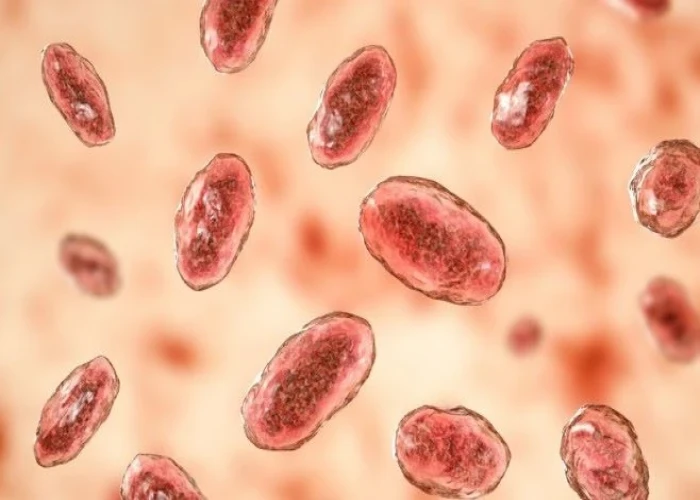
Mesenteric lymphadenitis
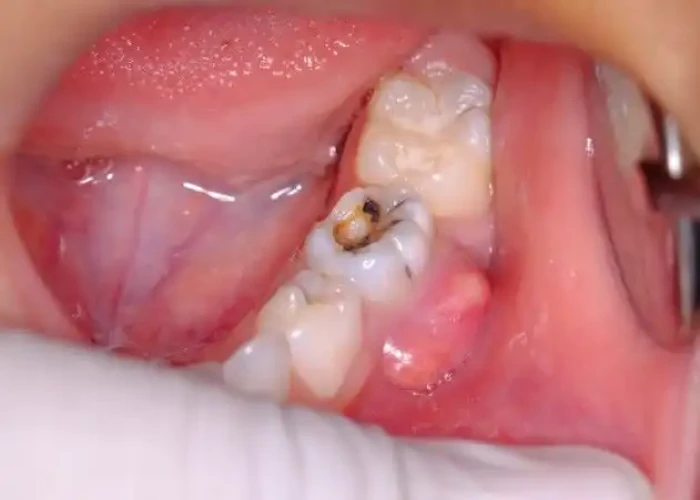
Tooth abscess
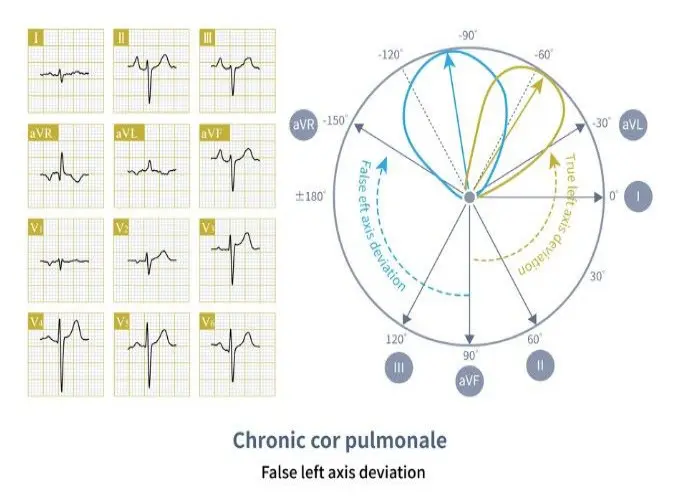
Cor Pulmonale
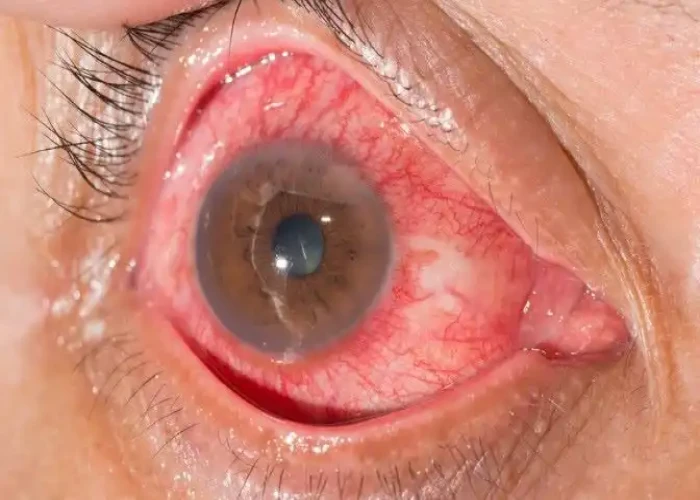
Uveitis

Pseudobulbar affect
dyshidrosis, ডিজিড্রোসিস
To be happy, beautiful, healthy, wealthy, hale and long-lived stay with DM3S.
